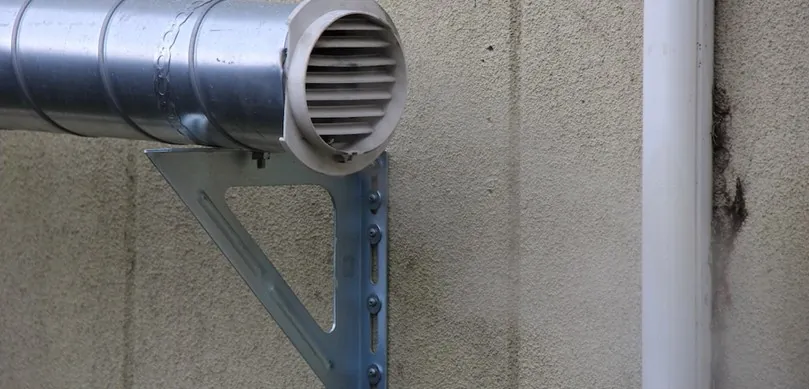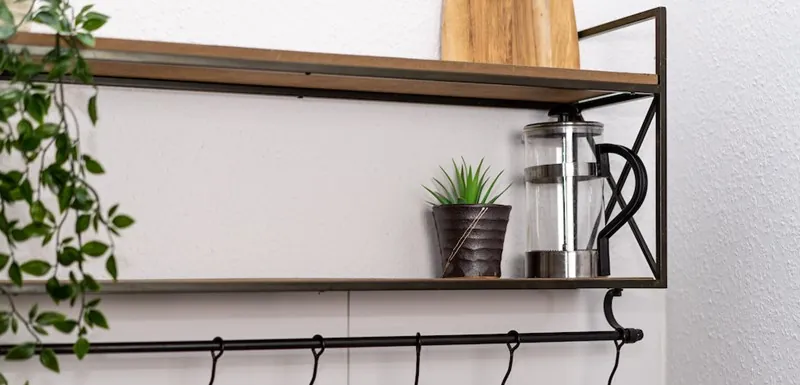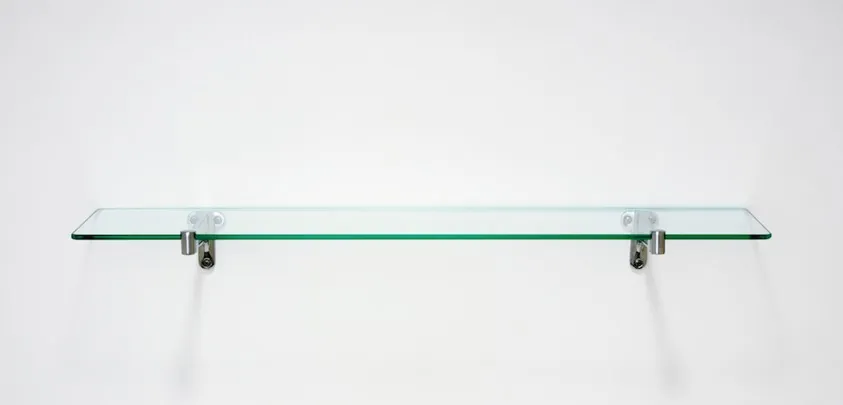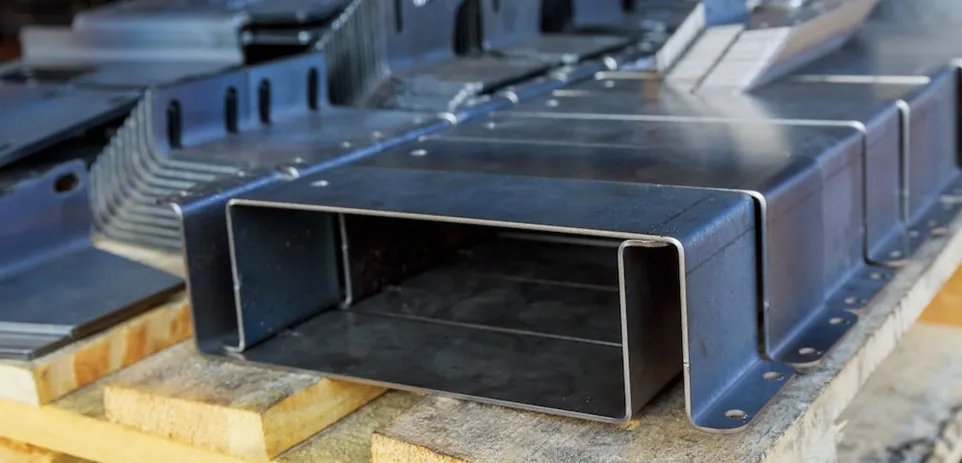BLOG » What Is A Metal Bracket For Mechanical Parts
What Is A Metal Bracket For Mechanical Parts
Metal brackets, often overlooked yet omnipresent, play a pivotal role in providing structural support and reinforcement across a myriad of applications. What is a bracket? Simply put, a bracket is a fundamental component with a seemingly straightforward purpose—strengthening, connecting, and fixing various elements. From the unassuming L-shaped bracket used to secure shelves to the more intricate Z-shaped brackets supporting sensors in machinery, these unassuming pieces of hardware form the unsung heroes of design and engineering. In this exploration, we delve into the diverse world of brackets, unraveling their types, manufacturing methods, and the art of selecting the right one for a given purpose.
What is a Metal Bracket?
A bracket is a metal fitting used to increase the strength of machine components or connect different parts. Brackets are found in parts such as lighting fixtures and camera equipment, but here we focus on their application as machine components.
Brackets come in various shapes and types depending on their purpose and application, extending beyond furniture to automobiles, electrical equipment, medical devices, and construction. Materials commonly used include metal and plastic, with fabrication methods involving sheet metal processing, cutting, injection molding, among others. Brackets often have holes for fastening with screws or bolts. Their characteristics vary based on shape and material, and careful consideration is required for selection based on application.
Manufacturing Methods of Brackets
Due to their relatively simple shapes, brackets are fabricated by applying machine processing to straightforward materials like flat bars or steel sheets. For example, flat bars are cut to appropriate sizes, holes are drilled for other components, and tapping processes are performed for screw insertion when fixing other parts. Usually, the choice of materials and fabrication methods depends on the application, shape, and required precision.
Major Types of Brackets
There are mainly seven types of brackets, each with its own applications and features. Let’s explain the purposes and characteristics of each.
L-shaped Bracket
The L-shaped bracket is the most well-known. It is used as a shelf support and can be found in industrial products such as machine tools and electrical equipment. As it is widely sold as a general-purpose item, it is affordable and easily accessible. The bracket’s simple shape takes up minimal space, making it unobtrusive. However, a drawback is that it is relatively less robust compared to other types.

Triangular Bracket
The triangular bracket features diagonal braces in contrast to the L-shape, giving it a triangular appearance. It offers higher strength compared to the L-shaped variant. Therefore, it is used for wall mounting heavy objects or as a reinforcing component in the structure of industrial machinery. However, due to its larger volume compared to the L-shape, careful consideration is needed to avoid collisions with other furniture or components.

Square Bracket
The square bracket is formed by replacing the diagonal braces of the triangular bracket with a square, offering less strength than the triangular variant but providing advantages such as the ability to place multiple shelves. Its characteristic feature is the ease of passing other components like shelves or pipes through the bracket, allowing for various applications.

I-shaped Bracket
The I-shaped bracket has a configuration where the supporting part protrudes from the wall, resulting in a neat and visually appealing design due to minimal contact with the wall. However, caution is required when placing heavy objects due to their relatively lower strength. If directly attached to the wall, the small contact area and potential concentration of weight may necessitate wall reinforcement. Alternatively, mounting an I-shaped bracket on a bracket rail increases strength and maneuverability, enabling flexible utilization.

A-shaped Bracket
An A-shaped bracket is used to secure poles for hanging clothes, featuring holes shaped like the letter “a” and mounted on the wall. It provides a clean look similar to a pipe hanger but without legs. However, overloading it with numerous clothes or bags might lead to excessive weight, concentrating stress on the wall, potentially causing damage or loosening screws.
Z-shaped Bracket
Shaped like the letter “Z,” this bracket allows for connection or fixation at varying heights. It finds applications in automotive part installations, securing thicker components, and fixing shelf boards. It is also used for small part fixation, such as sensors. Given the prevalence of sensors in appliances, industrial machinery, processing fixtures, and assembly fixtures, a variety of bracket types, with diverse shapes and sizes, are used accordingly.
Convex Bracket
A convex bracket allows for connection or fixation even with protrusions without any interference. It is commonly used for securing automotive parts and woodworking products. Due to its fixation on two surfaces, it offers higher strength compared to the Z-shaped bracket. This results in benefits such as reduced vibration and the ability to support heavy loads.

How to choose the correct brackets
Choosing by Material
Brackets exhibit various characteristics based on the material. Stainless steel, for instance, offers high strength and good corrosion resistance. Alternatively, for applications where strength is the primary concern, might be a cost-effective choice. Resin brackets are lightweight and suitable for complex shapes but have lower strength than metal. Brackets with surface treatments for rust prevention and corrosion resistance are also available. Select a bracket material considering factors like temperature, humidity, and exposure to salty air.
Choosing by Purpose
Given the diverse shapes of brackets, it’s beneficial to consider the specific purpose when making a selection. For reinforcing or fixing large parts in machinery, L-shaped, triangular, or convex brackets are suitable. If you intend to use it as a shelf holder, square and I-shaped brackets, in addition to L-shaped and triangular ones, may be useful. Z-shaped brackets might be appropriate for fixing sensors or small internal components in machinery.
Choosing by Specifications
Verification of bracket dimensions (thickness, hole positions, etc.) to ensure compatibility with the installation target is essential. For instance, if other components occupy the installation surface, opt for smaller-sized brackets. Additionally, consider using small I-shaped brackets if the installation area is limited.
Choosing by Load Capacity
When using brackets as shelf supports, understanding their load-bearing capacity is crucial. If the bracket fails, there’s a risk of injury due to items falling. For applications requiring load-bearing capacity, triangular brackets are recommended. However, if the diagonal brace interferes with other components, consider using L-shaped brackets with increased plate thickness or ribs to ensure strength. For industrial machinery or electrical equipment fixation and reinforcement, choose brackets based on the anticipated load. Conduct strength calculations if necessary to confirm structural integrity.
Conclusion
In the realm of construction, machinery, and everyday items, brackets stand as versatile allies, addressing the needs of design and functionality. It becomes apparent that understanding what a bracket is goes beyond its physical form.
Whether it’s the practical L-shaped bracket adorning our shelves or the robust triangular brackets fortifying industrial machinery, each variant serves a unique function in the grand symphony of structural design. So, the next time you encounter a bracket, consider the unsung craftsmanship and thoughtful design encapsulated within this seemingly simple yet indispensable component. What is a bracket? It’s more than just a piece of metal or plastic—it’s an engineering marvel quietly shaping the world around us.
